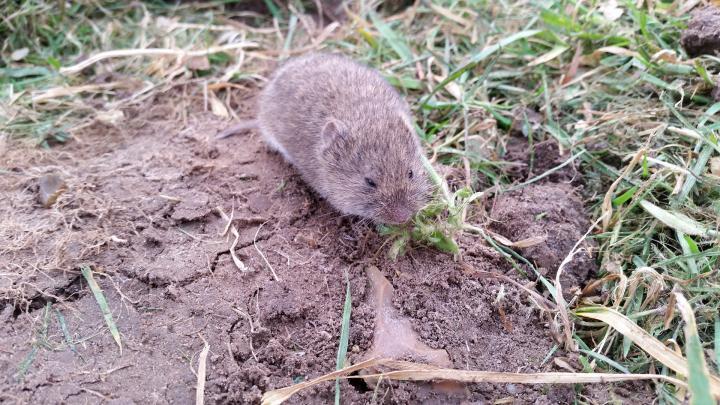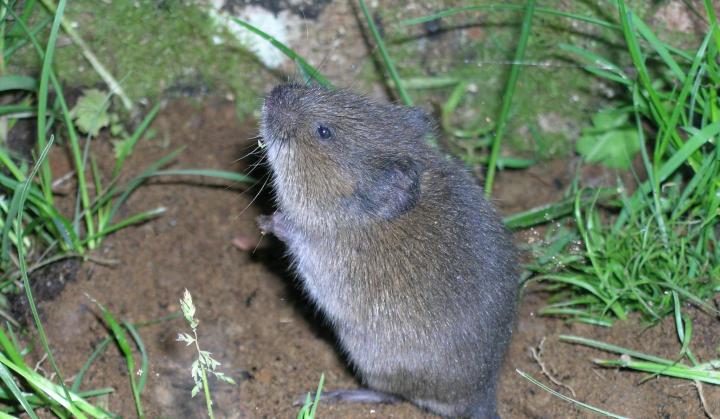






Voles drive gardeners and homeowners crazy! Find out how to identify and get rid of them.
Voles are small rodents that are also known as field mice or meadow mice due their similarities to mice. Two common species of voles in North America are the prairie vole and the meadow vole. Meadow voles are more widely distributed, but prairie voles are more common in prairie areas. They are very similar, and methods for controlling them are mostly the same.
Voles can cause extensive damage in your backyard garden. Not to be confused with mice, which often don’t cause quite as much damage, voles are happy to eat a wide variety of your plants as well as the bark of some trees. If you’ve noticed your plants being munched, be on the lookout for these cute but pesky creatures.
We’re talking voles, NOT moles. Voles are small, stocky rodents similar to field mice. They have small rounded ears that are often hidden by their fur, small eyes, and short tails. Their fur is generally thick and light brown to gray. Voles love fields with lots of weeds and coverage. They are active both day and night, especially evening and early morning hours.
You’ll know voles by the snake-like tunnels that you’ll see all over your lawn. They’re very active in the spring and then their manic tunneling subsides. They love to burrow underground and will eat bulbs and root vegetables. If you have partially eaten carrots, potatoes, etc., you may have a vole problem. They also nest at the base of trees and shrubs which can cause damage to the roots, especially as they tend to chew the bark.
Here are a few tips for getting rid of voles. Try some of these methods for your garden:

See more about common garden pests like mice and moles.
Copyright © www.100flowers.win Botanic Garden All Rights Reserved